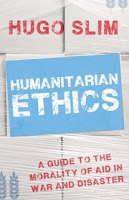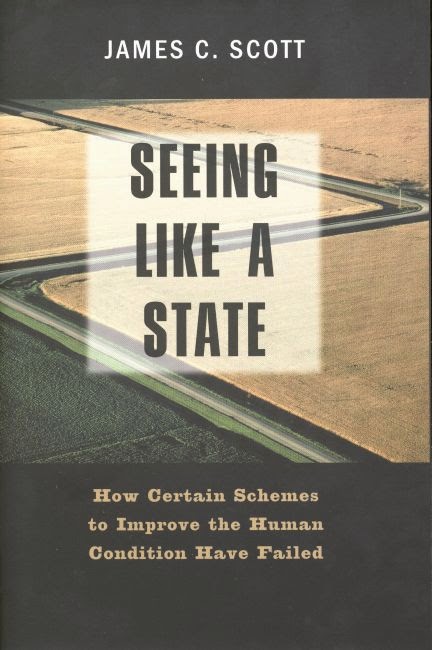
At around 2.5 per cent of the national budget, DR Congo spends the least on agriculture of all its neighbors, a figure made more minuscule given the great untapped potential of its vast arable lands. For comparison, the Republic of Congo spends close to 14%, Zambia 10% and Ethiopia over 20%.
Following the 2009 Maputo Accords, NEPAD initiated the Comprehensive Africa Agriculture Development Program (or CAADP), a continent-wide compact to reduce poverty and hunger by increasing state investment in agriculture over a ten-year period, with two basic metrics: raise public ag spending to 10% of GDP and raise ag growth rates to 6% by 2020. Participating countries were encouraged to tailor their growth strategies and investment plans accordingly, and solicit the views of farmers' associations, civil society and the private sector for an inclusive national approach with popular support.
DR Congo announced its National Investment Plan for Agriculture (PNIA) last month in Kinshasa, with great fanfare and expense. A total of $5,730m is budgeted, but only $857m had been committed (93% from donors, 7% from GDRC) by the closing ceremony. So where were the investors? In interviews and public pronouncements, government officials are confident that their chosen path, the PNIA, will attract foreign investment and will modernize and monetize Congo’s vast agricultural potential, thus transforming the lives of the country's rural poor, nearly all of whom are isolated, subsistence farmers.
Outside of government, skepticism regarding the PNIA is high. The primary criticism from donors and the Congolese private sector accuses the GDRC of failing to commit to sweeping infrastructural renovation (communications, transport, electricity, etc) as the foundation of national economic growth, and instead shifting that burden onto the international firms it assumes are lining up to invest. Yet no foreign firm would consent to such a capital outlay given the country’s
dismal business environment. Serious investors would expect to see government planning and budgets to this end, yet beyond the PNIA the GDRC has no comprehensive plan to address the country’s deeply eroded infrastructure (piecemeal donor projects are the norm), or resolve its regulatory morass and lack of legal protection for private enterprise.
An even greater deterrent, the current Code Agricole stipulates that any private enterprise would require a 51% ownership stake by the GDRC. These terms are currently being revisited, but the compromise under discussion is 20% national ownership -- still untenable for obvious reasons, particularly given the country's long history of nationalization (viz., Zairianisation), expropriating private businesses, stripping assets and triggering massive capital flight. This legacy is still felt today among potential investors who see Congo as too risky (unpredictable and unstable), and in the Kabila administration's patrimonial, anti-entrepreneurial policies.
The other main deterrent for foreign investors is the cost of commerce itself which, after the endless hoops and ladders of business registration, is so high that local produce cannot compete with cheap imports. In the country’s urban centers, imported versions of Congo’s basic foodstuffs (palm oil, maize, beans, sugar, rice, and wheat flour) outnumber local varieties, except for cassava.

This wave of imported commodities began with a policy enacted in Mobutu's final years (1992-96, known as ‘Plan Mobutu’) as colonial infrastructure finally and irretrievably collapsed, interrupting the regular flow of local produce into Kinshasa and causing food prices to soar. Allowing cheap foodstuffs from outside to saturate the market was initially intended as a stopgap measure, but the challenge of infrastructure rehabilitation proved overwhelming and was postponed indefinitely. Now as then, local produce is uncompetitive because high transport costs and extortion rackets deter trade, production and investment. Specific to local farming, the impact of systematic rent-seeking on agricultural production and trade is another crippling deterrent to rural agricultural production and commerce.
Detailed studies of these organized rackets abound, but have had no policy impact.
Ambitious in vision and consistent with COMESA and AU policy frameworks, operationally the PNIA is unlikely to succeed. It is hostage to the government's general inability to address the country’s primary obstacles to economic growth—a chaotic business environment (legal protection, banking systems, transparent procedures/absence of corruption, and credit) and a very thin, highly unreliable infrastructure (power, transport, communications, etc). If in fact
l'argent n'aime pas le bruit, then Congo's leaders need to concentrate on creating a law-abiding and responsive administration capable of reassuring investors that their entrepreneurism is welcome and respected.
























.png)




